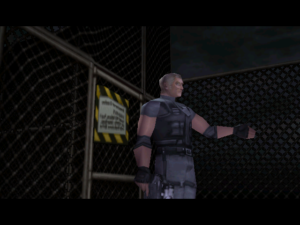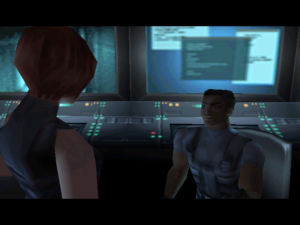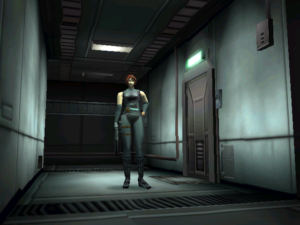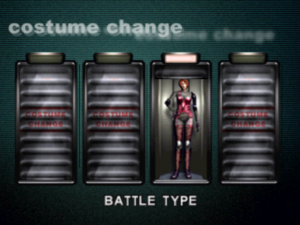Amnesia: Conclusions
Amnesia: The Dark Descent has three endings. The easiest to get, and the first I got, is the “Bad” ending, which just requires that you penetrate the Inner Sanctum and then fail to accomplish anything while there. The designated “Good” ending requires you to have solved some optional puzzles earlier (which I had done) to prepare for a wreck-everything action you can take in the final scene (which I failed to do in my first pass, partly due to some confusion on my part about what a certain NPC meant by the word “Gateway”.)
The third ending I got was the Revenge ending, which is better than the Bad ending and requires no advance preparation, but which does require that the player manipulate certain environmental objects the right way. There’s a bit of a problem with that throughout the game: while some things can be clicked to perform discrete context-appropriate actions, like picking them up or reading them or lighting them with a tinderbox 1An unlockable video of an “early alpha” version shows tinderboxes being applied as inventory items, which you need to open the inventory menu to access, rather than as single-click actions. Changing this was a good decision, as was the elimination of “sanity potions”. , a lot of things need to be dragged through the 3D environment in specific ways. Doors open either inward or outward, levers pulled or pushed. Circular valve handles — which are far denser in this game than in my ordinary life — need to be rotated, which I always find tricky. Anyway, there are items in the Inner Sanctum such that it’s not at all clear how you’re supposed to manipulate them, and on my first attempt, I spent so much time trying to click them, apply inventory items to them, and even just throw rocks at them (an occasionally useful approach, but rendered moot here by the lack of loose rocks in the vicinity) that I wound up getting the Bad ending.
I did figure it out on my third try, though, and I have to say that I think I prefer the Revenge to the Good one, because it feels a great deal more triumphant. The Good ending involves putting your fate (and that of your enemy) in someone else’s hands, and it’s kind of ambiguous about the result, beyond an assertion that it’s going to be okay. Am I alive? Am I still on Earth? It’s not clear. Whereas in the Revenge ending, you know exactly what’s going on: Daniel foils his antagonist’s plans and strolls stoically back to the entrance chamber, not really caring what happens to him next. It still leaves it open to question whether he actually makes it out of the castle, though.
More significantly, all the endings leave it open to question whether Daniel deserves to escape. The dark descent referred to in the title isn’t just a physical movement downward, or a descent into madness, it’s also the lowering of Daniel’s moral standing in his backstory, as his desperation to save his own life led him to atrocity. This is one of the few games with zombies or zombie-like monsters that actually have specific reasons to hate the player character in particular. Yes, he was fooled into doing what he did, but only because he was selfish enough to allow himself to be fooled. There’s a diary entry or two you can find in which you can really see the cognitive dissonance in action: Daniel wants to see himself as the good guy, and thus leaps to accept his host’s questionable assertion that all the prisoners in the castle are unreformable criminals who deserve everything that’s done to them, and that their steadfast protestations of innocence just prove that they’re additionally liars. (Not for nothing is his name an anagram of “denial”, I suppose.) But towards the end, Daniel’s culpability is his greatest weakness, the one thing that can cripple him into temporary inaction and unresponsiveness to player control. In the final confrontation, the enemy tries to use it against him, and the only reason it doesn’t work is that, as Daniel’s mentor in monstrousness, he bears at least as much blame himself.
Still, the ending confrontation leaves me a bit unsatisfied, probably because there’s so little to do: each of the non-Bad endings requires only one action, and they’re pretty much the only actions available. I suppose this is another part of why I prefer the Revenge ending: it makes you perform that action three times, which provides a little bit more opportunity to feel like you’re interacting with the world, rather than just answering a riddle.
 Comments(0)
Comments(0)


